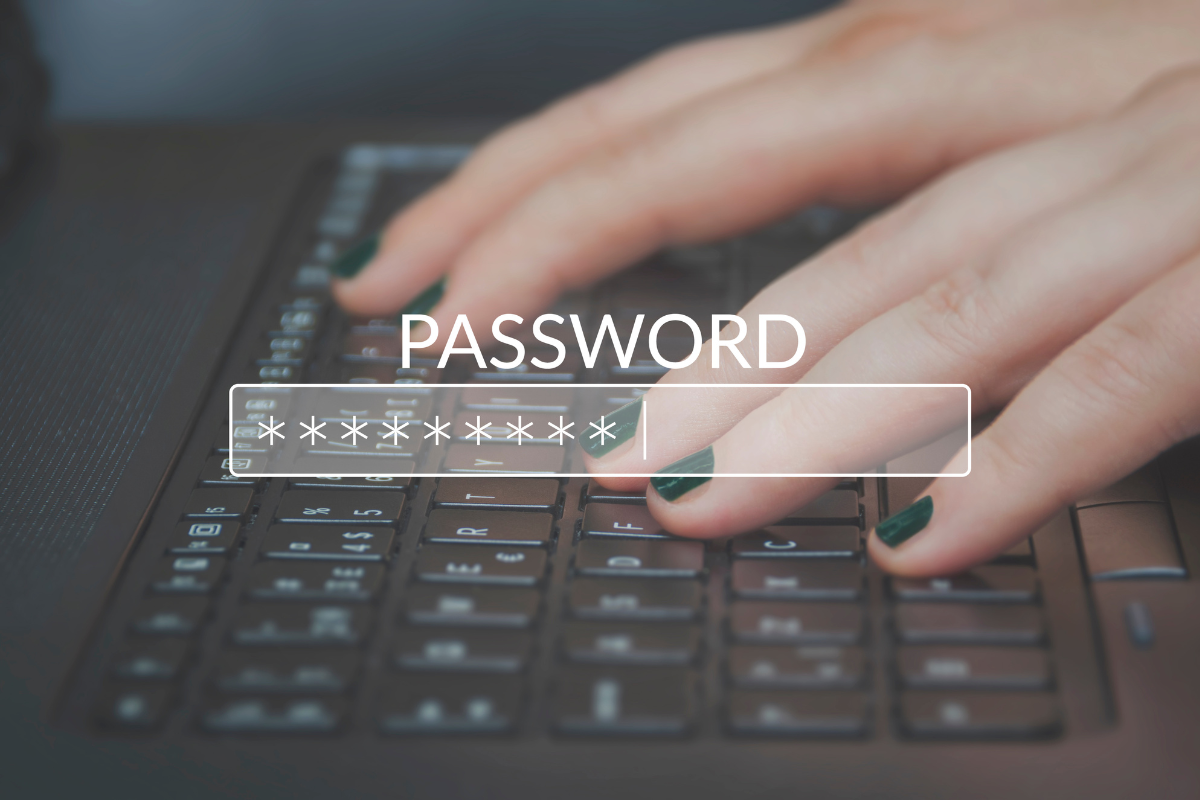According to a recent study, an alarming number of people are still using risky passwords that could leave them vulnerable to hacking. The study found that “123456” and “password” were the most popular passwords used.
While these may seem like obvious choices for hackers to target, the reality is that many people still use simple and easily guessed passwords. In fact, the study found that nearly 17% of people used one of the 25 most common passwords on the list.
What’s even more concerning is that many of these passwords have been compromised in previous data breaches. For example, “123456” was the password used by over 6 million people in the LinkedIn data breach in 2012.
Other passwords that made the top 10 list have been used in previous data breaches as well, including “qwerty” and “passw0rd.”
So what can you do to protect yourself from being hacked? The first step is to make sure that your password is strong and unique. Avoid any basic passwords like those listed above, and instead use a string of random letters, numbers, and symbols that are difficult to guess. You should also change your password regularly – ideally once every 3-6 months – to ensure that it stays secure.
In addition to making sure your password is strong, you should also take other steps to protect yourself online. One common trick hackers use is called phishing – they send out fake emails or text messages that look like they’re from a legitimate company, in an attempt to get you to enter your login information. Be sure to only enter your credentials on websites that you trust, and never click on links or attachments from people you don’t know.
Passwords are an absolutely essential part of our digital lives, so it’s crucial that we take steps to keep them safe.
There are several things you can do to change your passwords regularly without making them too difficult to remember.
- First, consider using pass phrases – longer sentences that make up a complex but easy-to-remember password. For example, instead of “MidnightSun58”, you could use “MidnighTseVen!SincE1995!” (just make sure to replace the “!” with another character for extra security).
- You can also try using different passwords for different accounts. This way, even if one password is compromised, your other accounts will remain safe.
- Finally, consider using a password manager to keep track of all your passwords in one secure place. This can help you create and manage strong passwords without having to remember them all yourself.
Changing your passwords on a regular basis is a critical part of keeping your online data safe. By following these tips, you can ensure that your passwords are both strong and easy to change – giving you the best possible protection against hackers and cyber-attacks.

